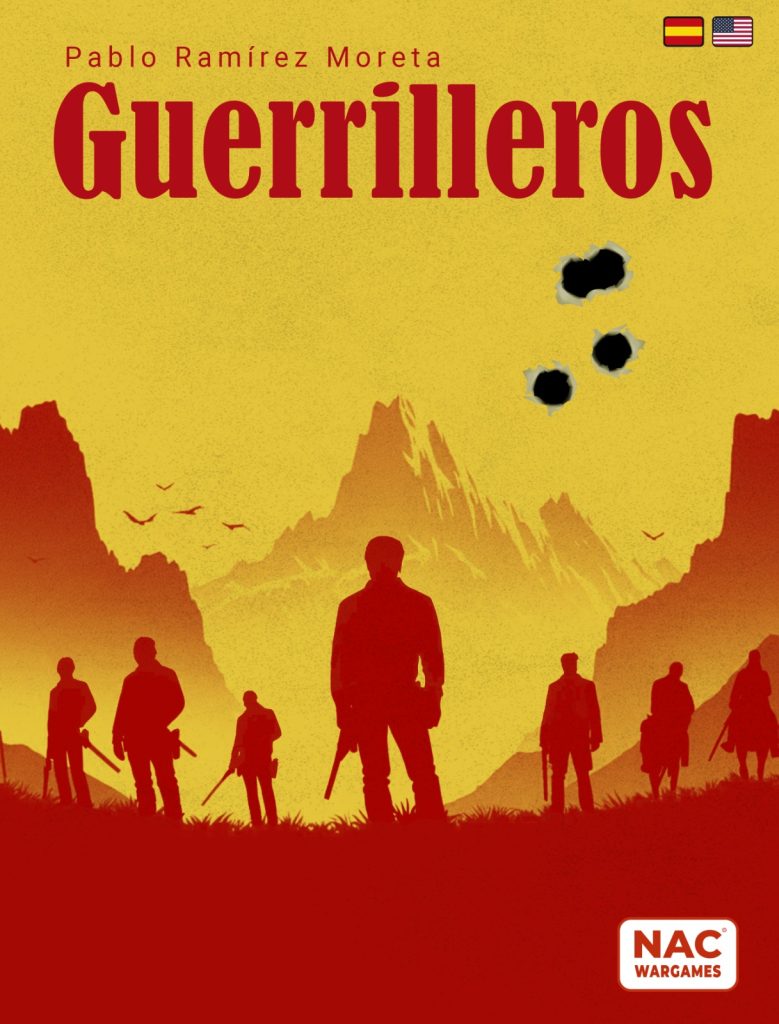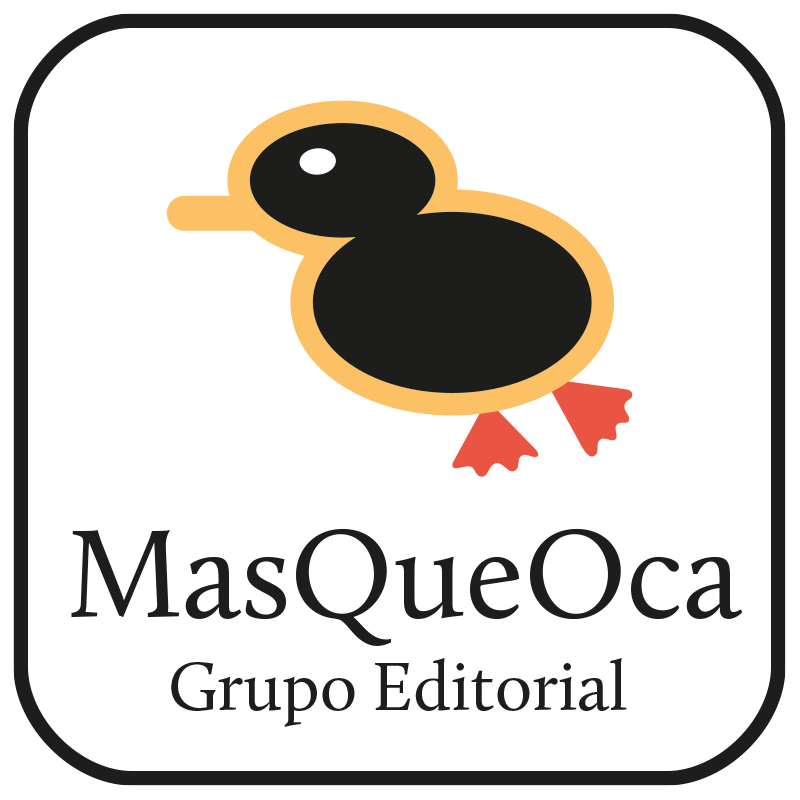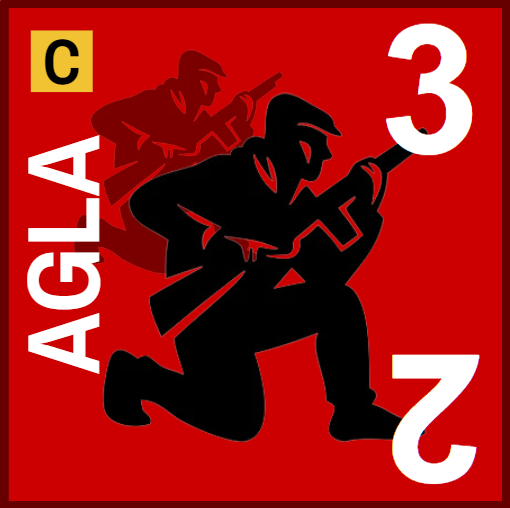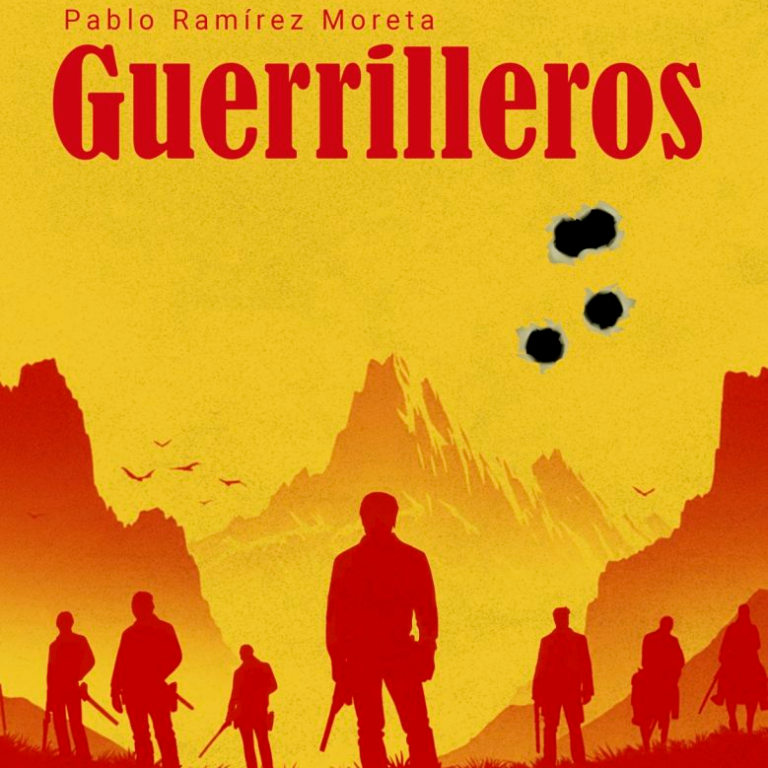
Look for the blue banner below and read this entry in English!
Con la valentía propia del ingenuo, estoy convencido de que toda persona que haya llegado hasta aquí y lea estas líneas conoce, en mayor o menor medida, que España tuvo su propia guerrilla insurgente durante el siglo XX. En particular, la guerrilla antifranquista que, como el adjetivo indica, se opuso al régimen dictatorial, de corte fascista y autoestablecido tras el fin de la Guerra Civil española en 1939 con Francisco Franco a la cabeza.
El juego que aquí presento por primera vez de forma pública, Guerrilleros. El maquis español en la posguerra (1939-1952) (¡título provisional!), ha sido concebido como una forma de reunir y mostrar los aspectos militares y sociales del conflicto librado entre esta guerrilla, sus guerrilleros y el régimen que gobernó España durante sus años de actividad.

Los primeros guerrilleros de los que este juego habla se remontan a los comienzos de la Guerra Civil en el año 1936. Sin embargo, la guerrilla, sus guerrilleros o, por simplificar, el maquis español tuvo su mayor y a veces cuestionable actividad y protagonismo durante las dos primeras décadas posteriores a la Guerra Civil. Es decir, durante el grueso de la durísima posguerra repleta de la cruel represión del régimen y que prosiguió al conflicto. Debido a diversas causas, órdenes y cambios ideológicos, el maquis evolucionó desde una guerrilla fundamentalmente rural en sus inicios, hacia una guerrilla eminentemente urbana, previa a su final disolución.

Fuente: https://commons.wikimedia.org/
Es fácil encontrar ejemplos de guerrilleros que, o bien indolentes ante la adversidad o bien a la desesperada, permanecieron activos, manteniéndose fieles a la causa (fuera la que fuera la de cada cuál) hasta la década de los 60. Sin embargo, es durante la década de los 50 cuando se produce su declive como movimiento organizado, siendo uno de los puntos de inflexión más determinantes el que se dio en 1948, cuando los líderes comunistas que lideraban la guerrilla recibieron orden directa de Stalin de cesar la lucha armada.
A pesar del deliberado (y políticamente comprensible) intento de minimización o incluso ocultación del problema por parte del régimen, la actividad insurgente de las agrupaciones guerrilleras esparcidas por la península y archipiélagos españoles representó el más notable de los conflictos militares del franquismo.
Dos días y dos noches duró la tormenta. Dos días y dos noches huyendo por los montes.
Luna de Lobos, de Julio Llamazares
Como autor de este juego no pretendo contar todo lo que aconteció dentro y fuera del maquis español. Ni lo pretendo ni lo veo factible debido a la complejidad de la amalgama de personas, movimientos, tendencias políticas, sucesos, etc. que dieron forma a este desesperado episodio de nuestra historia reciente.
Sin embargo, con este juego sí pretendo dos cosas:
- Una, proponer a quien desee jugarlo un acercamiento respetuoso, de sólido trasfondo histórico y aceptablemente simulacionista (con las obvias licencias necesarias para elaborar un juego que resulte interesante) de las agrupaciones guerrilleras del maquis español en su enfrentamiento al régimen imperante.
- Dos, lo más importante de todo: divertirse con él, estimulando las ganas de recordar, (re)descubrir y aprender más sobre el maquis español. Todo ello mediante este canal, un juego de mesa que ofrezca una experiencia tan atractiva como entretenida.
Guerrilleros. El maquis español en la posguerra (1939-1952) es un juego de simulación histórica que propone a dos jugadores encarnar y controlar los asimétricos bandos enfrentados en el conflicto: el régimen franquista y la guerrilla española. El juego se centra en los años predominantes de guerrilla rural, es decir, la primera ‘etapa’ de la insurgencia. El foco temporal está situado entre 1944, año en que se llevó a cabo la Operación Reconquista de España por parte del maquis (y de la que hablaré en mayor profundidad en una futura entrada) y 1952, año en el que se data la conversión definitiva hacia una guerrilla más urbana en detrimento de la rural. Sin embargo, me parece necesario añadir que no he considerado tal división (rural o urbana) un elemento crucial de la historia, de las mecánicas o de la experiencia que busco ofrecer con este juego.
El objetivo principal del régimen será acabar con las ‘partidas’ de guerrilleros (tal y como se llamaba a los grupos de insurgentes), eliminándolas lo antes posible de dos de los tres grandes frentes de la península Ibérica (‘frentes’ o grandes zonas de la geografía peninsular en que el maquis tuvo mayor actividad). Por su lado, el jugador rival controlará a las agrupaciones guerrilleras y partidas menos experimentadas del maquis español. Deberá conducir al maquis a la victoria, puramente moral o psicológica (no verdaderamente militar), a través del aumento desmesurado del desprestigio del régimen o, simplemente, sobreviviendo hasta el final de la partida al acoso y extenuante caza a la que se verán sometidos, habiendo obtenido más puntos de victoria.
Puedes encontrar información más detallada del juego en la página del P500 de NAC Wargames donde puedes inscribirte para apoyar su lanzamiento de forma gratuita y sin compromiso.
Para finalizar esta presentación, sólo me falta dejar una breve afirmación personal. Con este primer mensaje resumo el humilde pero totalmente intencionado deseo, mi deseo, de intentar añadir a la larga lista existente de juegos de contenido histórico un juego sobre el maquis español, que estoy convencido bien merece su pequeña balda en la ludoteca universal.
Bienvenido, bienvenida, al diario de desarrollo de Guerrilleros. El maquis español en la posguerra (1939-1952).


English version
The Spanish Maquis. A game to tell its story.
NOTE: this game will be fully published in English and in Spanish.
With the courage of the naïve person, I am convinced that everyone who has come this far and is reading these lines knows, to a greater or lesser extent, that Spain had its own insurgent guerrilla movement during the 20th century. In particular, the anti-Franco guerrilla that, as the adjective indicates, opposed the dictatorial regime, fascist in nature and self-established after the end of the Spanish Civil War in 1939 with Francisco Franco at its head.
The game that I am presenting here for the first time in public, Guerrilleros. El maquis español en la posguerra (1939-1952) (provisional title!), has been conceived as a way of bringing together and showing the military and social aspects of the conflict between the guerrilla, its ‘guerrilleros’ and the regime that ruled Spain during its years of activity.

The first guerrilla fighters (or guerrilleros) of which this game speaks about date back to the beginning of the Civil War in 1936. However, the guerrilla, its guerrilleros or, simply put, the Spanish maquis had its greatest, sometimes questionable, activity and prominence during the first two decades after the Civil War. This is, in the midst of the harsh post-war period, which was full of a cruel repression by the regime following the end of the conflict. Due to several causes, orders and ideological changes, the maquis evolved from a fundamentally rural guerrilla in its beginnings to an eminently urban guerrilla, prior to its final dissolution.

Source: https://commons.wikimedia.org/
It is easy to find examples of guerrilla fighters who, either indolent in the face of adversity or in desperation, remained active and faithful to their cause (whatever it might be) until the 1960s. However, it was during the 1950s that their decline as an organised movement took place. One of the most decisive turning points happened in 1948, when the communist leaders of the maquis received a direct order from Stalin to cease the armed struggle.
Despite the regime’s deliberate (and politically understandable) attempt to minimise or even conceal the problem, the insurgent activity of the maquis scattered throughout the Spanish peninsula and archipelagos, representing the most notorius of Franco’s military conflicts.
The storm lasted for two days and two nights. Two days and two nights fleeing over the mountains.
Luna de Lobos by Julio Llamazares.
As the author of this game, I do not pretend to tell everything that happened within and outside the Spanish maquis. I do not intend to anyway, neither I do see it feasible due to the complexity of the amalgam of people, movements, political tendencies, events, etc. that shaped this desperate episode of the Spanish recent history.
However, with this game I do intend two things:
One, to propose a respectful approach to whoever wishes to play it, with a solid historical background and an acceptably simulationist experience (with the obvious licences necessary to make the game interesting and fun) of the Spanish maquis in their confrontation with the prevailing regime.
Two, the most important of all: to have fun with it, stimulating the desire to remember, (re)discover and learn more about the Spanish maquis. All of this through this channel, a board game that offers an experience as attractive as it is entertaining.
Guerrilleros. El maquis español en la posguerra (1939-1952) or, in English, Guerrilleros. The Spanish maquis in the post-Civil War period (1939-1952) is a historical simulation game that proposes two players to embody and control the asymmetrical opposing sides in the conflict: the Franco regime and the Spanish maquis. The game focuses on the predominantly rural guerrilla years, i.e. the first ‘epoch’ of the insurgency. The temporal focus is between 1944, the year in which Operation Reconquest of Spain was carried out by the Maquis (which I will discuss in greater depth in a future post) and 1952, the year in which the definitive conversion to a more urban guerrilla movement to the detriment of the rural guerrilla movement took place. However, I feel it necessary to add that I have not considered such a division (rural or urban) to be a crucial element of the story, the mechanics or the experience I seek to offer with this game.
The main objective of the regime will be to defeat the ‘partidas maquis’ (as the insurgent groups were called), eliminating them as quickly as possible from two out of the three main ‘fronts’ of the Iberian peninsula (large areas of the peninsular geography where the maquis were most active). The opposing player will control the partidas of the Spanish maquis, consisting on experienced fighters from the Civil War or the Second World War, as well as less experienced guerrilla groups that joined the movement through the years. The maquis player will have to lead them to a purely moral or psychological victory (not truly military), through the disproportionate increase of the regime’s discredit or, simply, by surviving until the end of the game and having scored more victory points than the regime.
You can find more detailed information about the game here: NAC Wargames’ P500 page where you can SIGN UP to support its publication for free and without purchase obligation!
To end the introduction to the game, I just want to leave a brief personal statement. With this first entry I sum up the humble but fully intentional desire, my desire, to try to add a game about the Spanish maquis to the long list of existing historical games. I am convinced it deserves its own little shelf in the universal boardgames library.
Welcome, to the development diary of
Guerrilleros. The Spanish maquis in the post-Civil War period (1939-1952).



